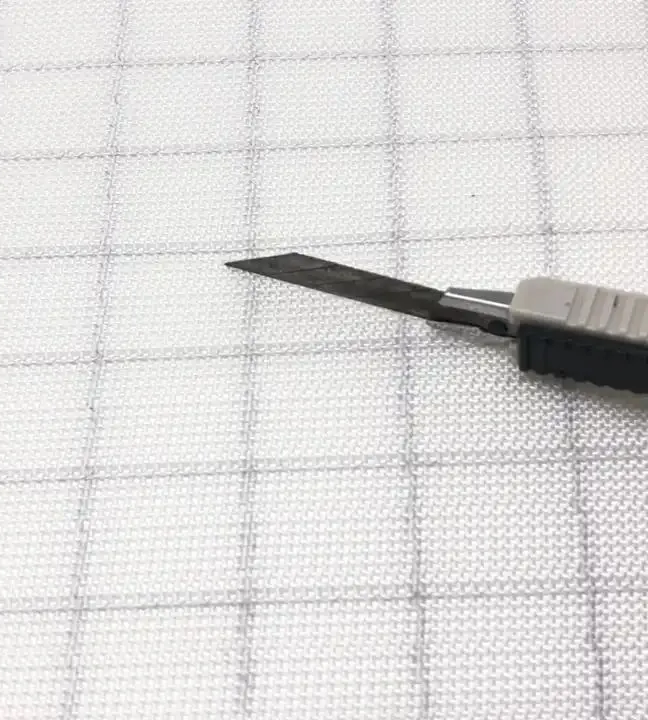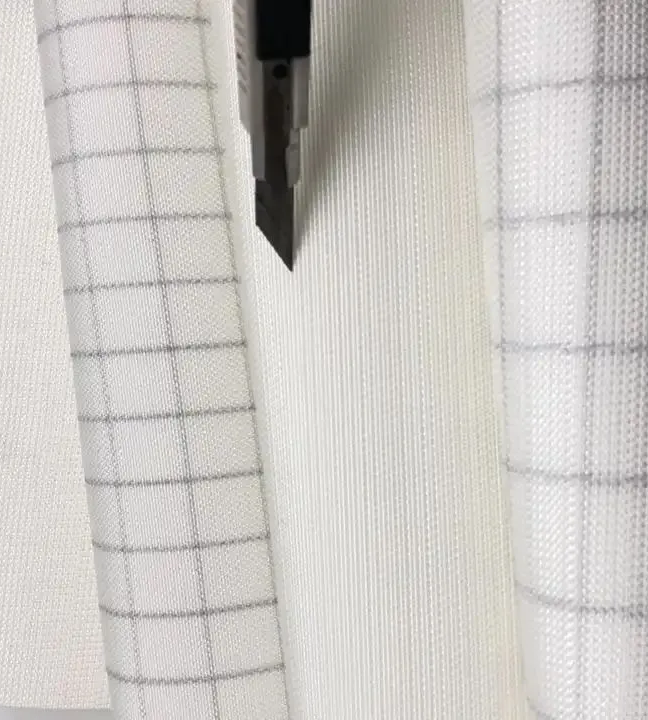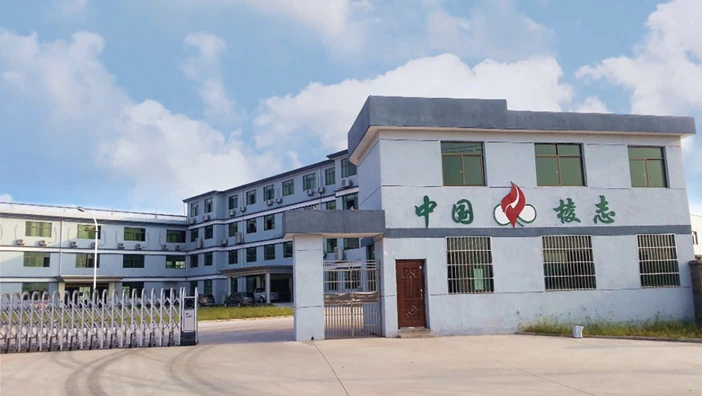Tel: 0086769-23187408
Email: [email protected]
Tel: 0086769-23187408
Email: [email protected]

Puncture-resistant fabrics provide important protection against sharp objects, such as nails, splinters or thorns, and provide peace of mind. Whether you are working in a hazardous work environment or engaging in outdoor activities, puncture-resistant fabrics ensure that the risk of puncture-related accidents is minimized.

NIZE offers reliable puncture resistant fabric that provides enhanced protection against sharp objects. Its high-strength weave structure is engineered for use in industrial safety garments, tool carriers, and protective accessories.

For manufacturers needing strong, functional fabrics, NIZE delivers puncture resistant fabric built for durability and high performance. This material supports secure product development for sectors demanding robust textile solutions.

From tool bags to industrial carriers, NIZE provides puncture resistant fabric that meets the strength demands of heavy-duty applications. Its layered construction enhances reliability and supports complex end-use products.

Puncture-resistant fabrics offer significant advantages in environments which are high risk, where sharp objects are constantly posing threats. These modern materials bring out performance advantages to enhance safety and protection across industries.
Strong fibers and inventive manufacturing techniques make up puncture-resistant fabrics that can take lots of force or all the pressure from nails, splinters, blades or any other sharp objects in fact. It is this strength that ensures the material does not get damaged even under difficult conditions; thus, its protective ability is still intact.
In addition, puncture proof fabric places emphasis on being flexible and comfortable without sacrificing security. They are designed to be light-weight and breathable for easy maneuvering over long periods. This is particularly crucial for professionals like construction workers, police officers or industrial technicians who require quickness and agility in their jobs.
Finally, Puncture resistant fabrics have distinct performance advantages that help minimize injury risks within various sectors. Its exceptional toughness, flexibility as well as dependable shielding qualities mean it is a critical component of your safety gear.

Nize New Materials is one of the world's leading material suppliers. We have more than 20 years of experience in this field and serve customers around the world. We also have world-class production equipment and an annual production capacity of 5 meters of ionic sulfate.
We focus on the research of the anti-piercing shoe midsole, interrupting the monopoly position of the anti-piercing cloth midsole inforeian countries. and producing the anti-piercing cloth midsole of our own branc, filing the domestic gap
The factory covers an area of 83.5 mu and has more than 22.500 sauare meters of production plant, 3,000 square meters of research anddevelopment center, 3,000 sauare meters of office space and more than 500 sets of advanced production and inspection equipment
We have excellent products and a professional sales and technical team that can provide satisfactory solutions according to your needs. If you are interested in our products, we look forward to your online message or call for consultation!
Our products cover a variety of functional materials, whether they are waterproof materials, wear-resistant materials, flame-retardant materials or thermal insulation materials, which can meet the needs of different industries and applications.
Puncture-resistant fabric is a special textile material that provides protection against punctures, cuts and sharp objects. It effectively prevents the penetration of sharp objects such as nails, glass shards or metal shards, thereby reducing the risk of various injuries. Risk of injury in the industry.
Including puncture-resistant fabrics in PPE has several advantages. It provides an extra layer of protection without compromising comfort and flexibility. Puncture-resistant fabrics also reduce damage and tears, extending the life of PPE.
When selecting a puncture-resistant fabric, consideration should be given to the specific hazards present in the intended application, the required level of protection, comfort and flexibility requirements, durability and compliance with relevant industry standards, as well as the interaction between the fabric and other components of the protective system ( Compatibility of materials such as fasteners or reinforcements is also important.
Puncture-resistant fabrics can be made from a variety of materials, including high-performance fibers such as aramid (such as Kevlar®), polyethylene fibers (such as Dyneema®), and fiberglass or carbon fibers. These materials offer excellent strength and puncture resistance, making them suitable for protective applications.
Puncture-resistant fabrics can be combined with other protective properties to create multifunctional textiles. For example, fabrics can be designed to provide puncture resistance as well as flame retardancy, chemical resistance, or high visibility.
